About the panelists
Harry Englebright, retired Solano County Planner
Englebright was a planner with Solano County from 1977 to 2006, retiring from the Solano County Resource Management Department as a principal planner overseeing Policy Planning and Special Projects. Much of his career focused on agricultural and open space issues. He has worked as staff for the Solano County Planning Commission, Local Agency Formation Commission, Airport Land Use Commission, Solano County Housing Authority, and Community Development Block Grant program and managed a number of planning programs, including the 2008 General Plan update. Englebright also oversaw the formation of the Rural North Vacaville Water District and was project manager for the design and construction of the district’s new water system. From 2006 to 2011, he was a consultant for Solano County completing the 2008 General Plan update and updated the Suisun Marsh Protection Plan and elements of the Solano County Zoning Code and Integrated Waste Management Plan. He served on the Board of Directors of the Bay Area Ridge Trail Council from its founding in 1989 for 22 years and co-chaired the Solano County Bay Area Ridge Trail Committee.
Duane Kromm, Solano Orderly Growth Committee
Kromm has been a resident of Fairfield since 1975. A native of the Detroit area, he majored in accounting and moved to California to work at a CPA firm in LA in 1968. After marrying and moving to Fairfield, he worked for about 25 years as a local CPA/consultant, mostly with local governments and nonprofit organizations. He started working with the Solano County Orderly Growth Committee in 1984, the year it was founded, and is still an active, dedicated member. The Solano County Orderly Growth Committee serves as a watchdog for the county’s orderly growth land-use policy, which advocates limiting growth to the county’s seven cities, protecting farmland, and preserving natural lands. He was elected to the Solano County Board of Supervisors in 1998, and spent eight years as a county supervisor.
Sadie Wilson, Greenbelt Alliance
Wilson is the director of planning and research at Greenbelt Alliance, which seeks to educate, advocate, and collaborate to ensure the Bay Area’s lands and communities are resilient to a changing climate. Wilson manages the organization’s Resilience Hotspots work, advocates for climate-smart planning and policies in the East Bay, and conducts research to make the Bay Area more resilient to a changing climate. She has a background in urban planning, equitable climate adaptation, and innovative public finance solutions, having completed her Masters in City and Regional Planning at UC Berkeley where she contributed to a broad range of research efforts with Bay Area institutions, including the San Francisco Bay Conservation and Development Commission, The Center for Cities and Schools, and The Terner Center. Before going to graduate school, she worked at an Oakland-based consulting firm, Economic & Planning Systems, where she worked on housing, transit, and open space analyses for communities throughout the state.
Osha Meserve, attorney, Soluri Meserve law firm
Meserve’s law practice has focused on land use, environmental and water related law since 1999. She has experience preparing and commenting on environmental review (CEQA and NEPA) and a variety of permitting documents, as well as litigating the adequacy of those documents at both the trial and appellate level. She represents public entities, nonprofit entities, neighborhood groups and project applicants, and also has experience advancing clients’ interests through public relations efforts and political processes. Prior to becoming a shareholder at Soluri Meserve, she was an associate at Remy, Thomas, Moose and Manley, LLP and at Adams Broadwell Joseph & Cardozo. Meserve has a special interest in and experience working on legal issues related to water resources, land use, air quality and greenhouse gasses, agricultural and forest resources, solid waste and energy use.

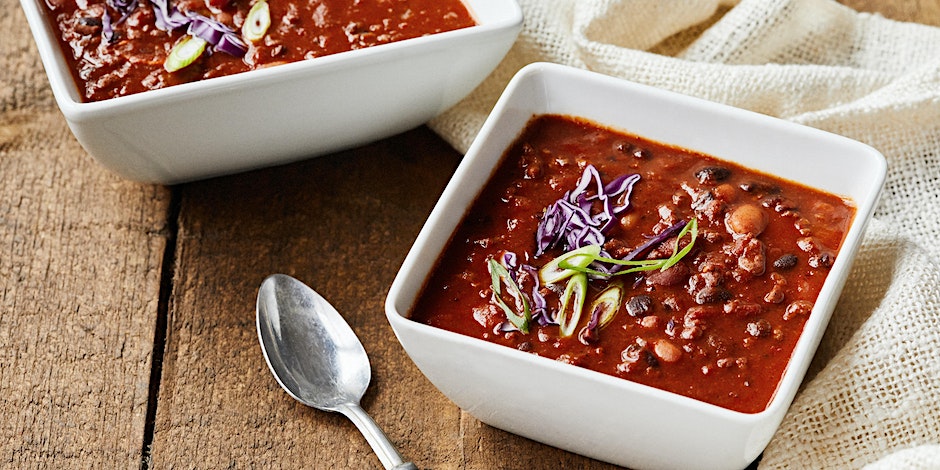

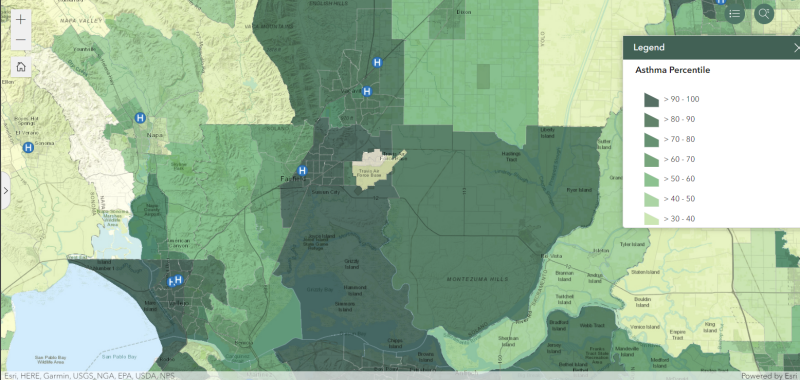
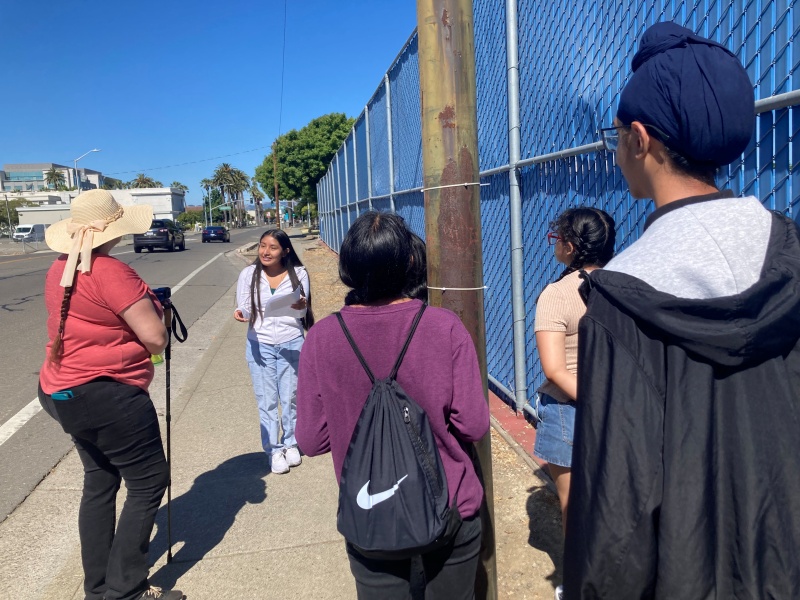
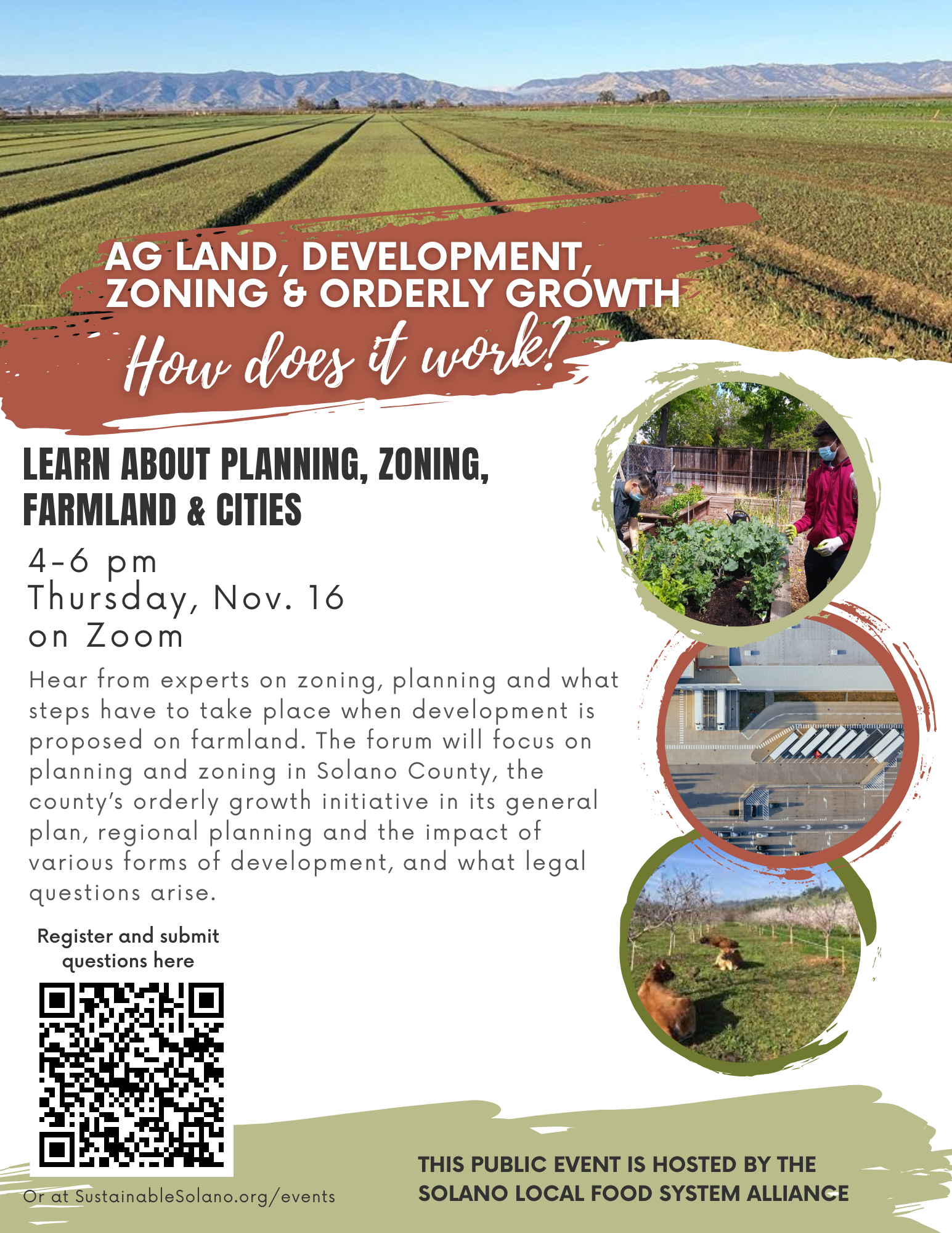
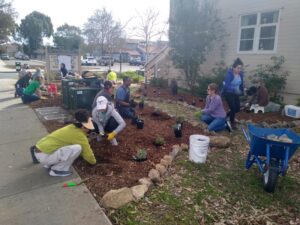 We have been lucky to spend the past few years in our office at the Global Center for Success on Mare Island. This office space puts us near nonprofit partner organizations and the beauty of the Vallejo People’s Garden and the Pollinator Pathway garden we installed with them and Solano RCD in front of the building. But as our team has grown in number, we find there are limitations in a one-room office, both for our team members’ needs as well as ways we would like to interact with all of you in the community.
We have been lucky to spend the past few years in our office at the Global Center for Success on Mare Island. This office space puts us near nonprofit partner organizations and the beauty of the Vallejo People’s Garden and the Pollinator Pathway garden we installed with them and Solano RCD in front of the building. But as our team has grown in number, we find there are limitations in a one-room office, both for our team members’ needs as well as ways we would like to interact with all of you in the community.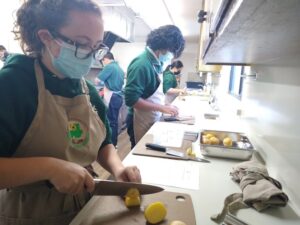 We’ve seen creative and innovative ways individuals, organizations and cities have supported such projects. In Berkeley, the Ecology Center runs
We’ve seen creative and innovative ways individuals, organizations and cities have supported such projects. In Berkeley, the Ecology Center runs